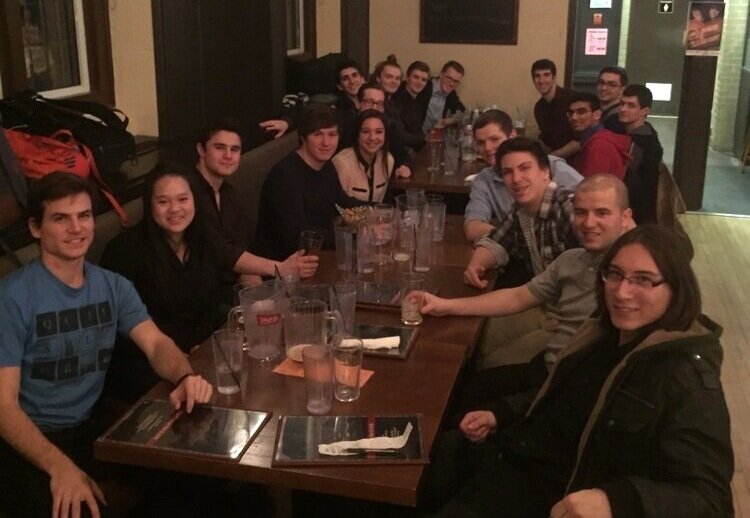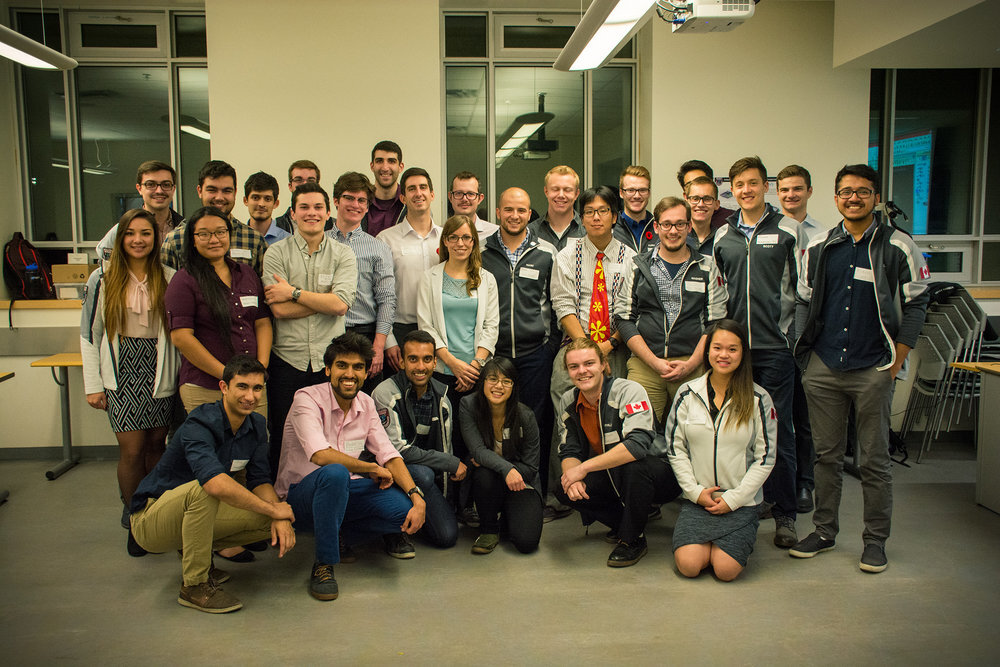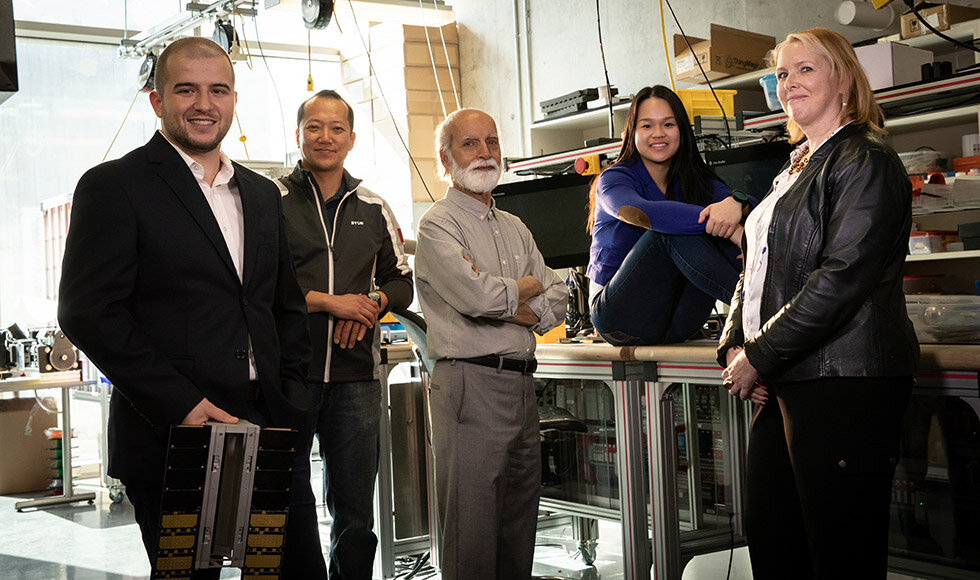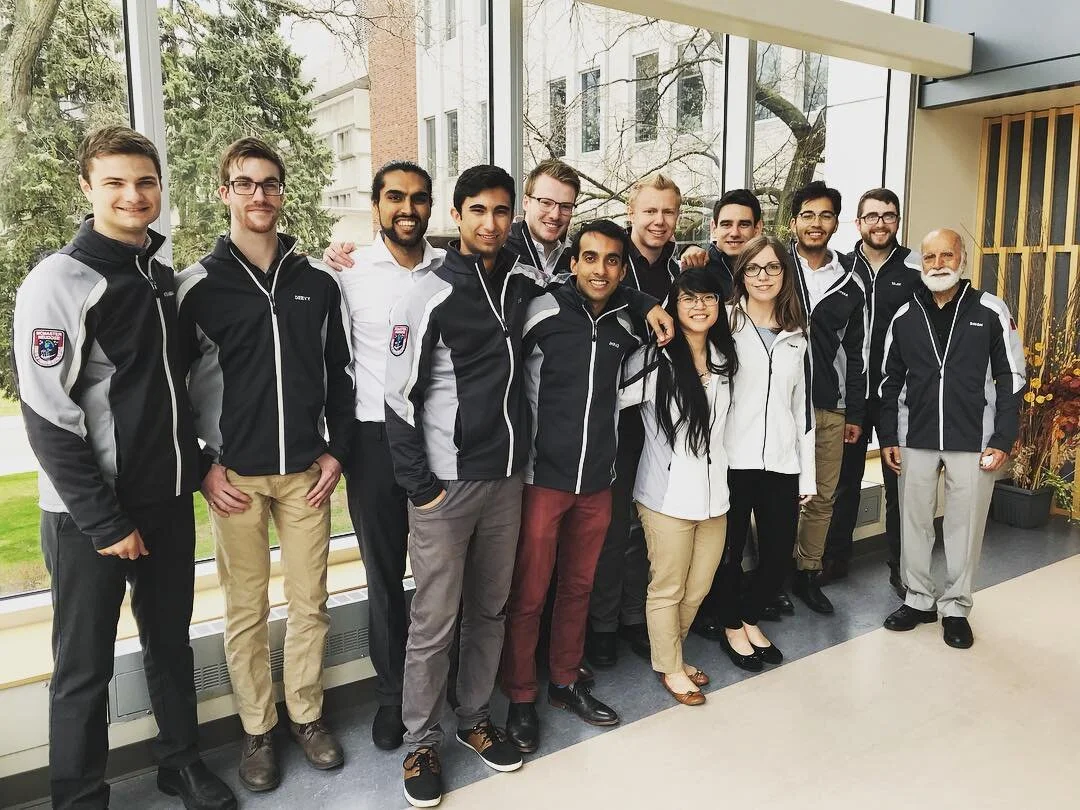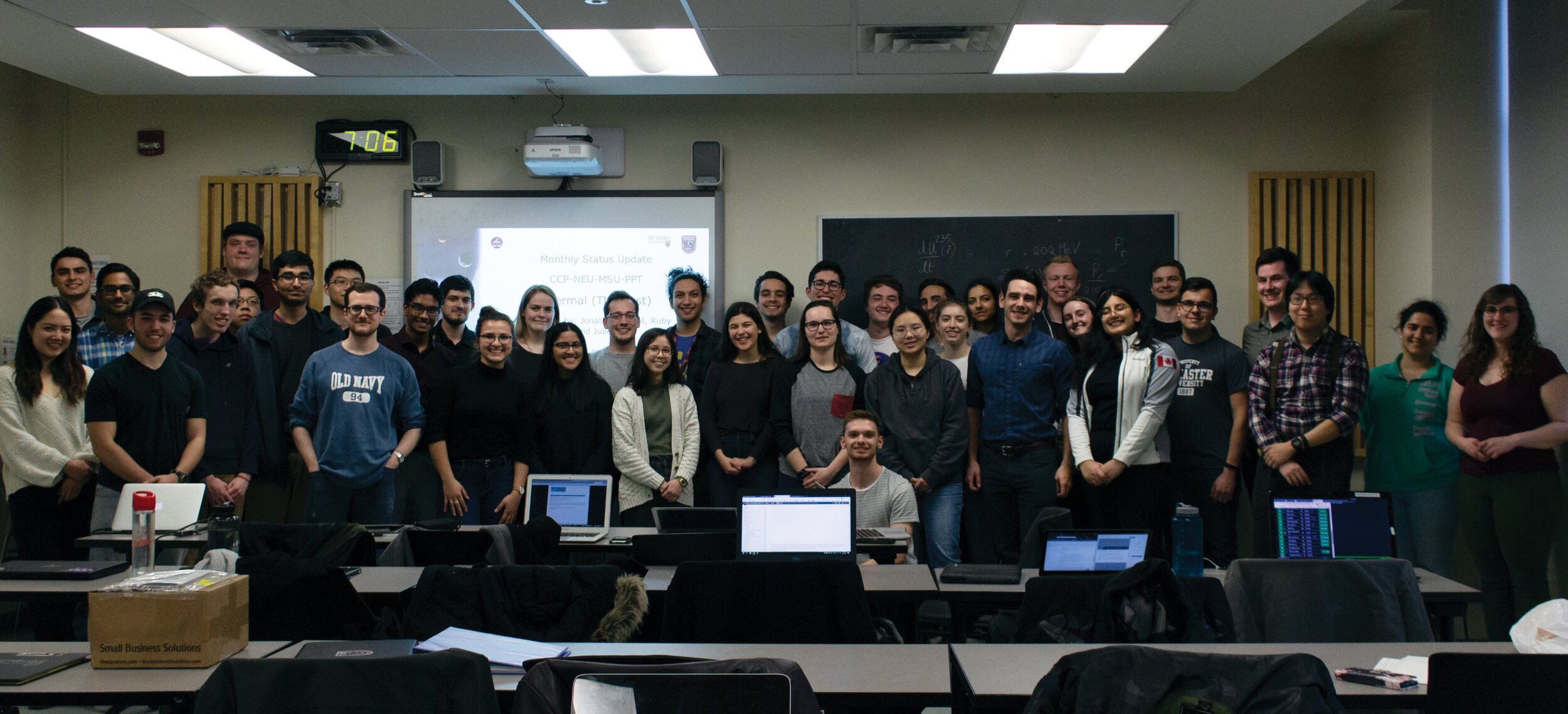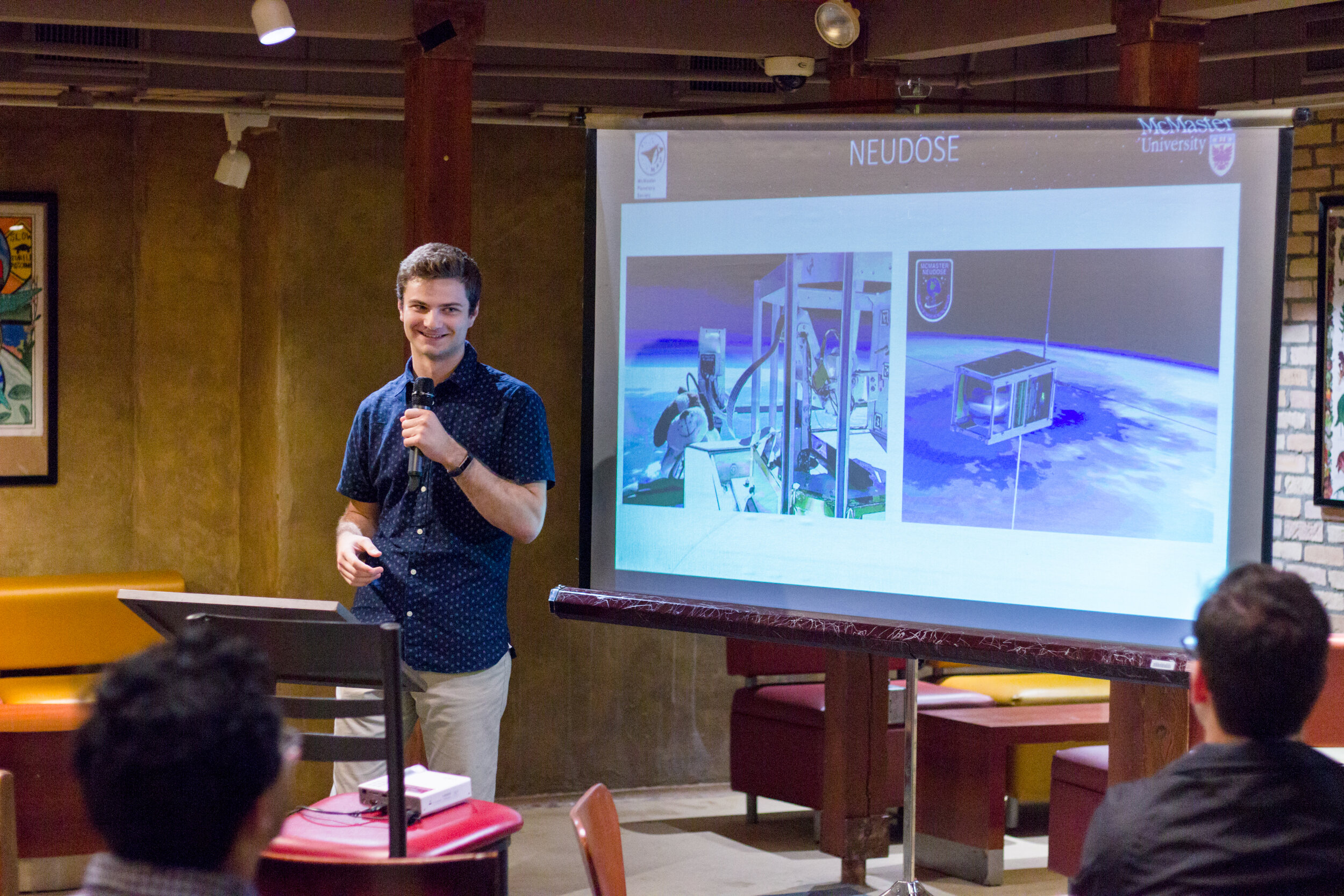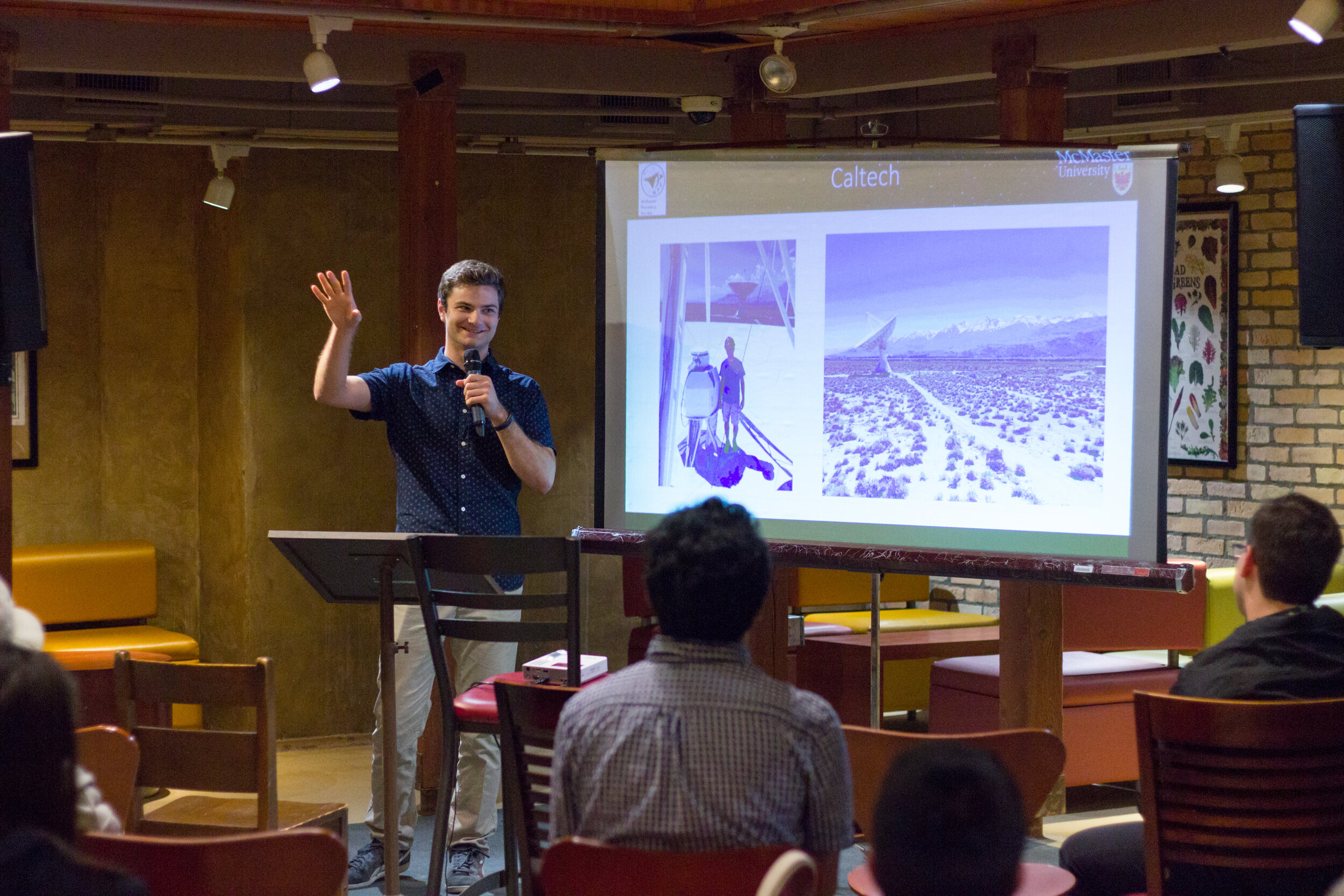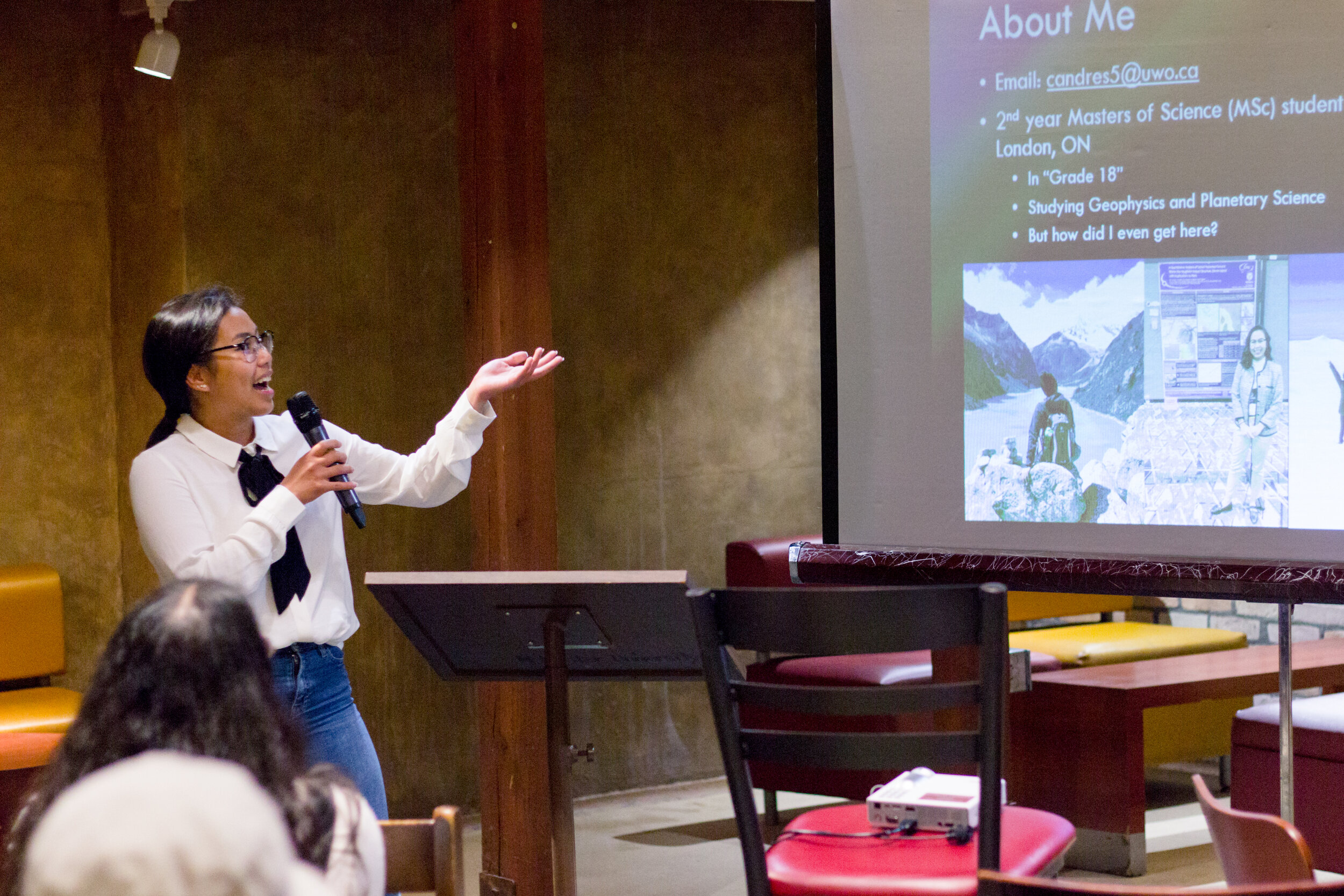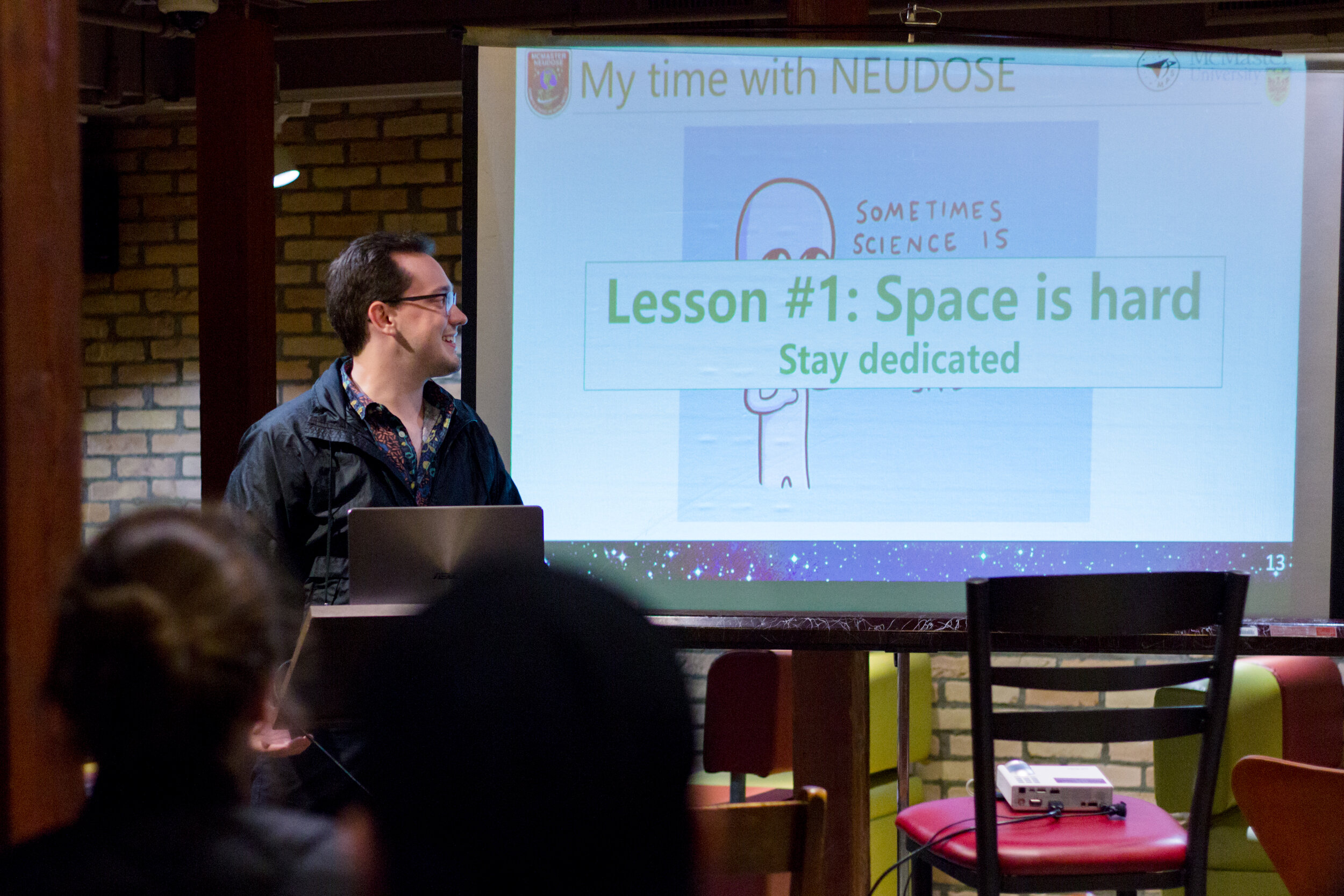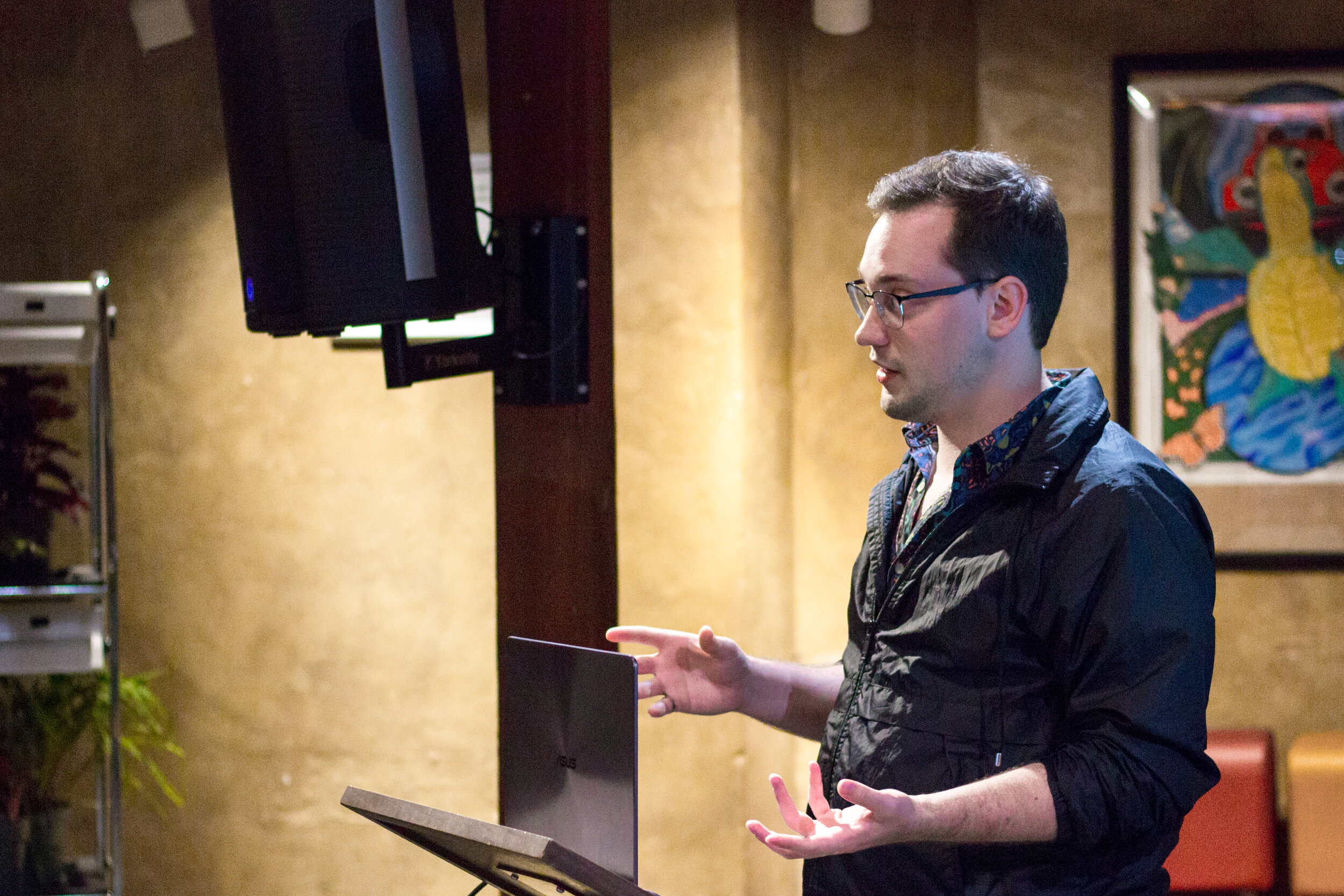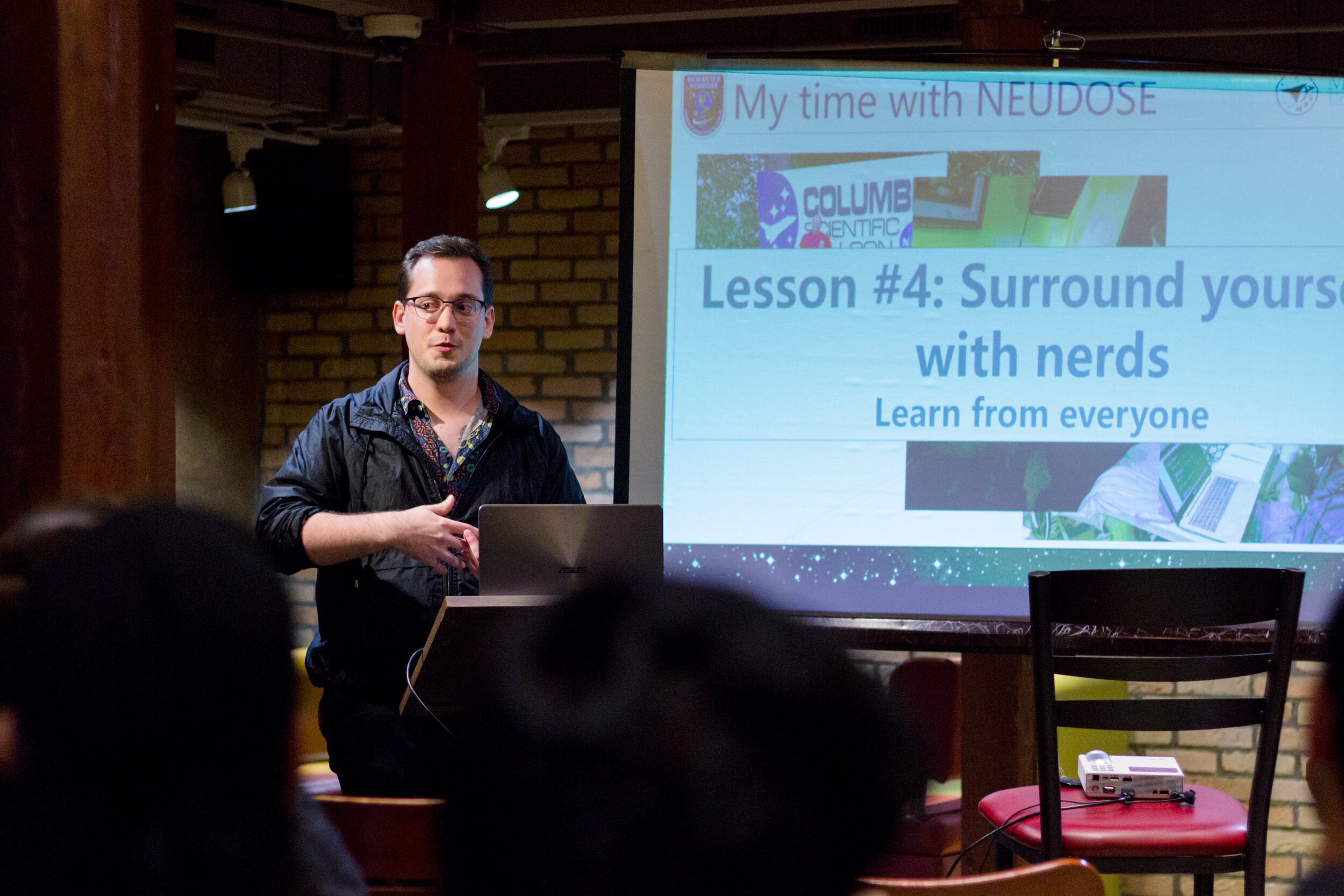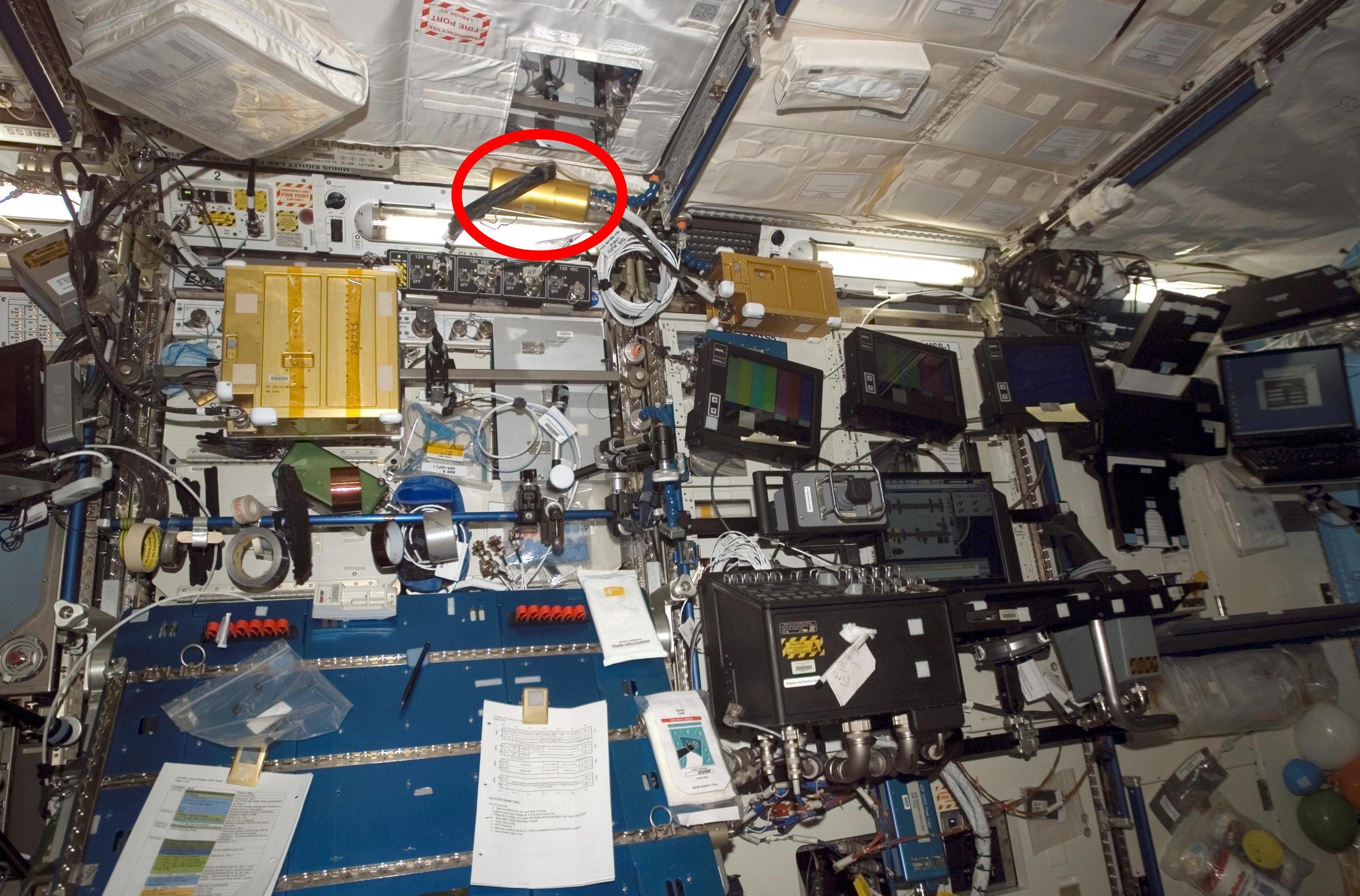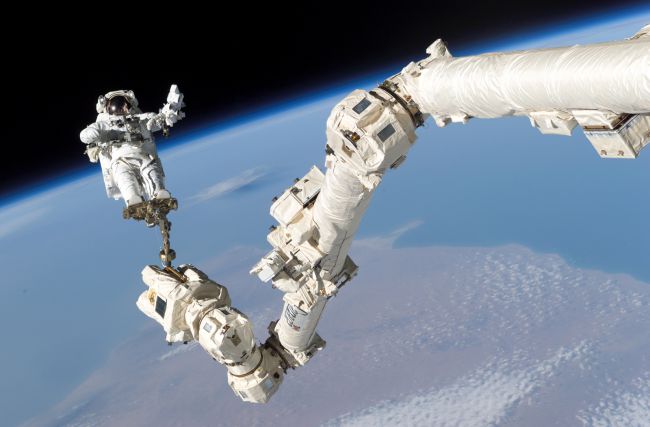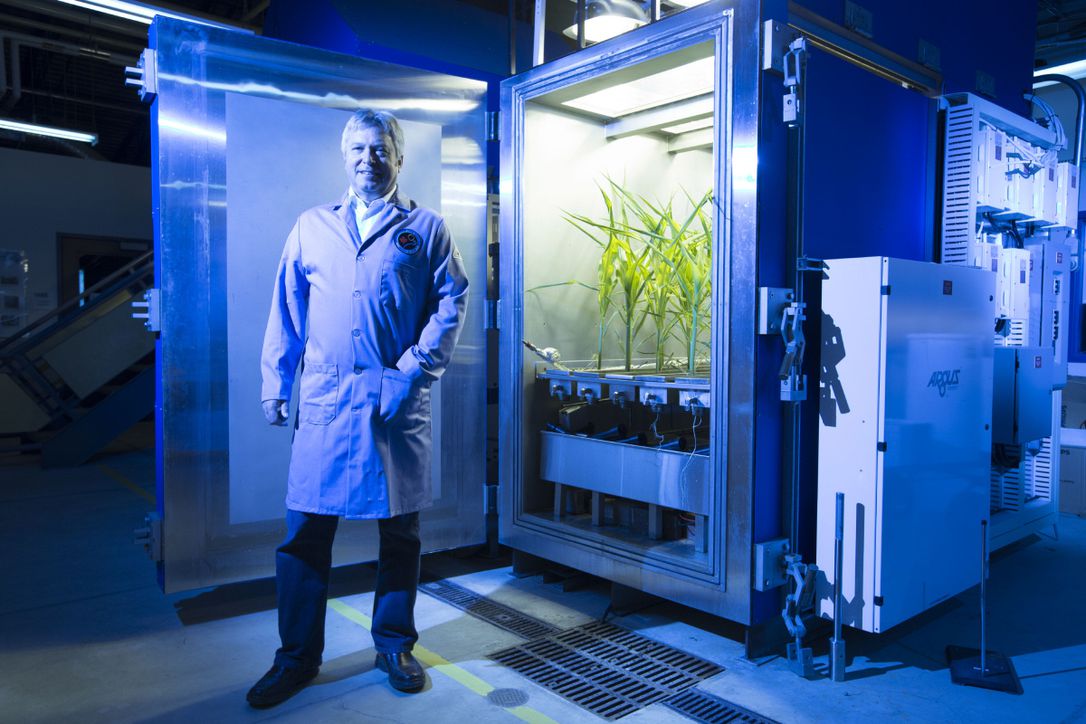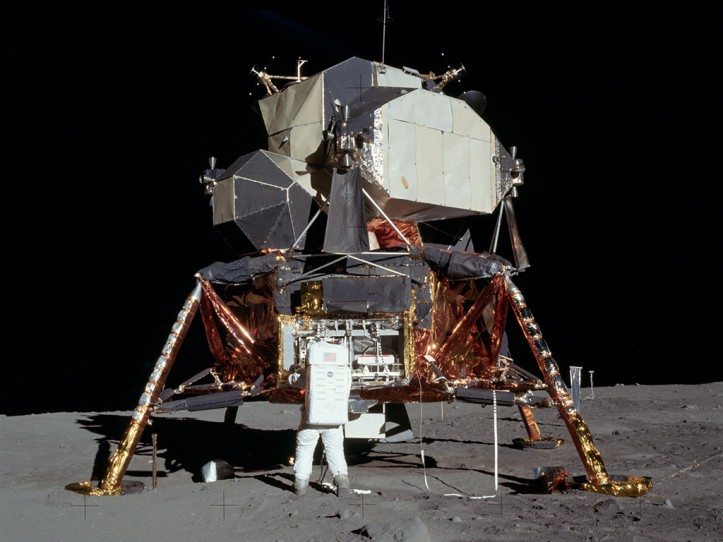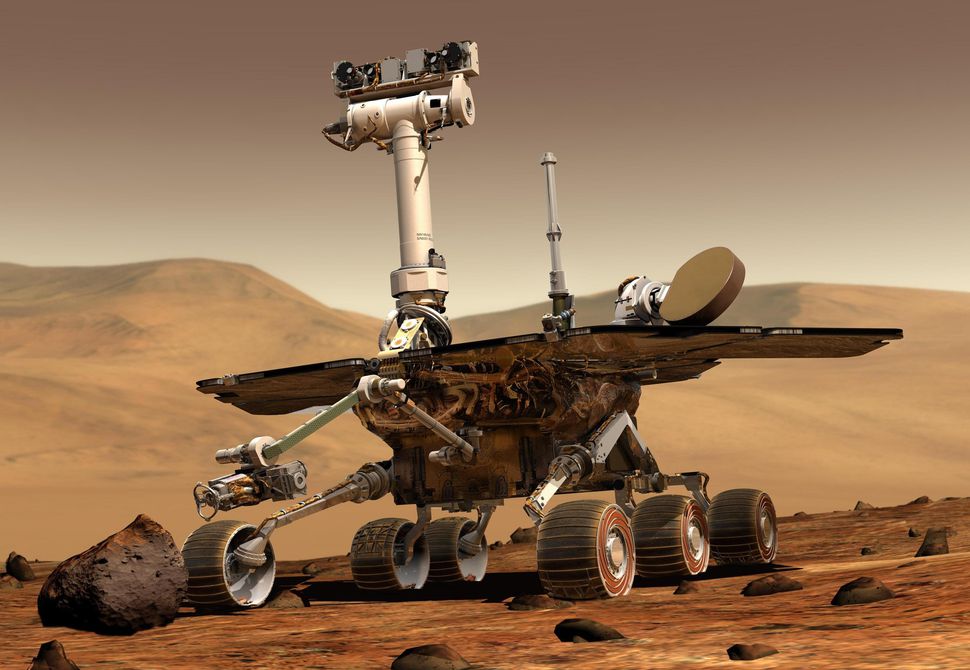As we flip the calendar to a new decade, we’d like to reflect on the origins of the NEUDOSE mission and look forward to the exciting years ahead.
NEUDOSE began on January 30, 2015, through the efforts of Principal Investigators Dr. Andrei Hanu, Dr. Soo Hyun Byun, and McMaster University graduate students. Their mission was to study the effects of radiation on the human body using a satellite with a scientific payload to measure the expected dosage from Low Earth Orbit. The implications of this research would directly contribute to studies required for Mars-destined manned space travel. This massive mission required support, and we began the recruitment of more McMaster students. Thus, NEUDOSE (NEUtron DOSimetry & Exploration) was born.
Throughout the years, the team behind NEUDOSE grew and we gained more experience in the space industry. We participated in programs such as HASP (High Altitude Student Platform) in 2017, 2018, and 2019. These contributions helped us refine our designs, experiment with different solutions, and practice communicating with our payload.
In 2018, we created the McMaster Interdisciplinary Satellite Team (MIST), a distinct student team at McMaster University. We re-categorized the group of students working on NEUDOSE with the intent of working on future missions. Also in 2018, the Canadian Space Agency announced that we would participate in their Canadian CubeSat Project.
Now, MIST is a team with over 65 members from 4 different faculties and we are currently in the final design phase of NEUDOSE.
Planned for the next decade, the NEUDOSE mission aims for outer space with an anticipated payload launch from the ISS in 2021. We could not have gotten here without the constant support of our sponsors and followers, and we are extremely gracious for your encouragement. We look forward to seeing the result of 5 years of hard work come to fruition.



